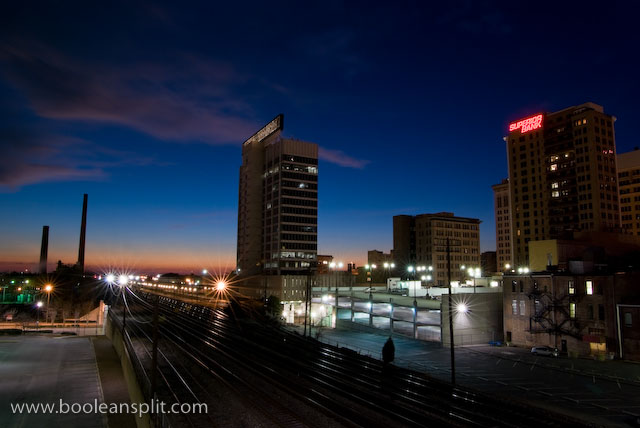season’d
Pentax K10D, SMC Pentax-DA 35mm f/2.8 Macro Limited, ISO 400, f/2.8, 1/50 sec, +0.7 EV, IS on
Couple of things to report here. First, the image above was shot with a Pentax DA 35mm f/2.8 Macro Limited lens that I am testing. The studio shots have been taken and now I just have to spend a few days living with it to see how it works for me. In case you were curious, whenever I get a loaner lens to test I put it on my camera and take it with me everywhere I go for several days. By forcing myself to use it for all of the various photos I take I can get a really good sense of how it performs within a couple hundred frames shot over just a few days.
Initial out-of-the-box impressions are that this is a very nicely put together lens that is absolutely the sharpest lens I’ve ever used. I really like the field of view the 35mm focal length gives on my K10D (52.5mm equiv). As a macro lens you can (read: have to) get crazy close to subjects. It’s actually quite a bit like using my DIY super macro set-up without all the fumbling around. Look for my typical in-depth user review in a few days.
Second, this image was processed using a brand-new copy of Adobe Photoshop Lightroom 2.3 that the folks at Adobe sent over. I’ve been using Lightroom 1.4 all this time and I’m excited to explore the features of this new-and-improved version. I’ll be reporting on my impressions of LR 2.3 later. I can say that the upgrade was completely seamless and I haven’t missed a beat.
The image above was shot in RAW with my Pentax K10D in Aperture Priority mode. White balance was set to Auto as was the ISO. In Lightroom I imported the image using my default develop settings. I then cropped it and applied the Direct Positive preset. Finally, I tweaked the White Balance to bring out the blue hue of the evening light and dialed up the Vibrance a touch to get it to pop a bit more. The sharpness is mostly due to the lens.

